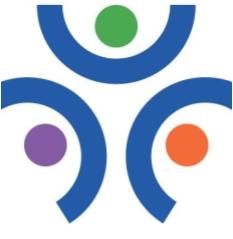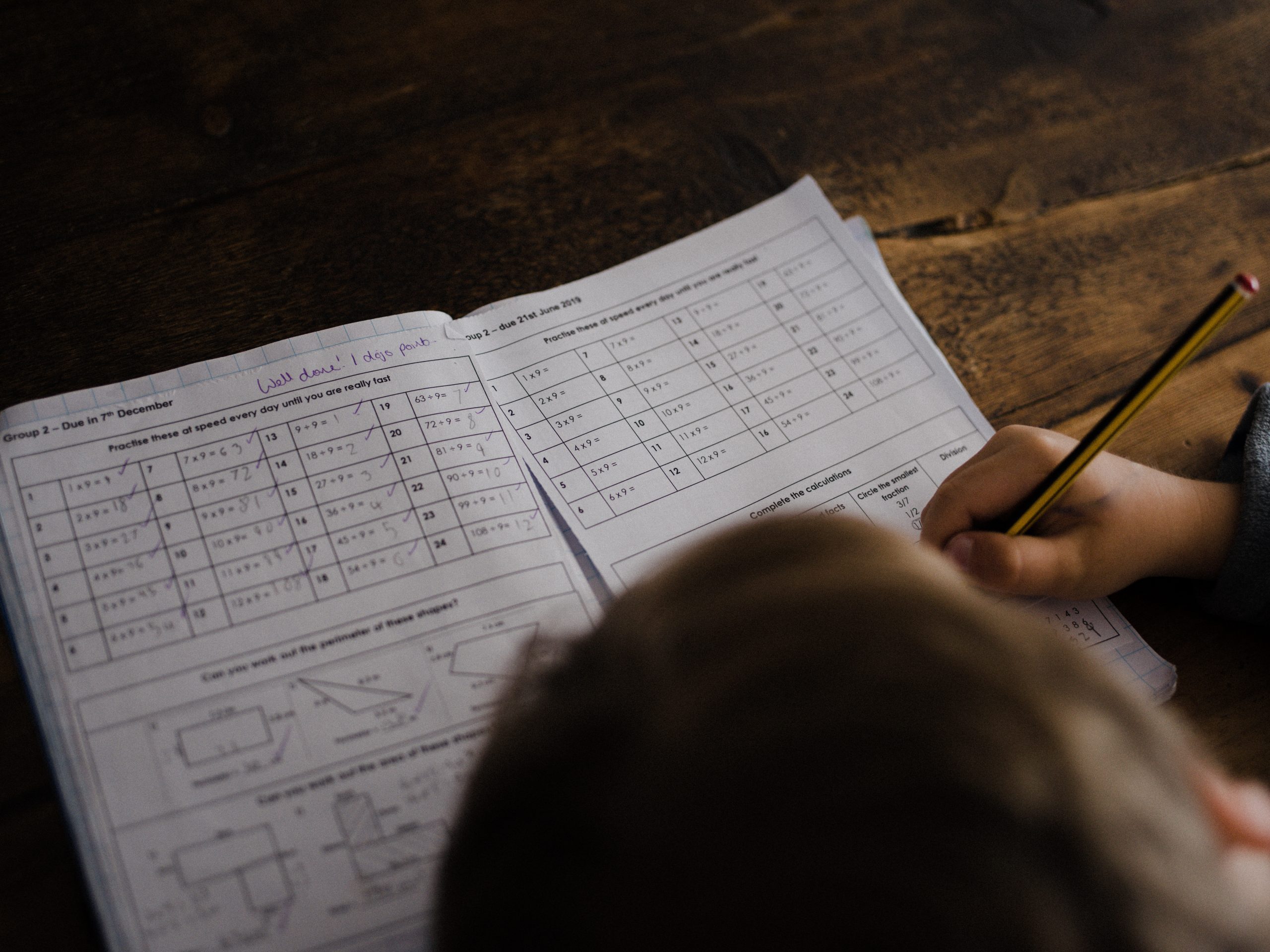Although it wasn’t always so, dyslexia is now quite commonly understood to educators and clinicians. Students presenting with symptoms of dyslexia might struggle with learning guilt and feel insecure about their reading comprehension issues, but most special education schools provide resources that empower and inform both students and their parents.
On the other hand, dyslexia’s inverse, dyscalculia, sometimes known as “math dyslexia,” is much less understood. We have a considerable way to go before it becomes de-stigmatized and normalized in classrooms across America.
But what is it, and how can you know if your child is struggling with it? The answer may lie in the brain areas that are used to process numbers.
Dyscalculia Testing and Early Intervention
While dyslexia affects a student’s ability to process language, dyscalculia makes numbers and math seem like a confusing foreign language. Children will typically show signs in early childhood, and early intervention, as in all cases of learning difference, is the key.
Children’s young brains are very malleable. One-on-one tutoring, individualized lesson plans, and compassionate educators are all capable of helping them learn, and even excel, in math. The earlier a child receives a dyscalculia test, the sooner you can get them an official diagnosis and the tools to get them back on track.
Some people make it to adulthood without ever receiving a diagnosis, probably due to the fact that many people claim to be “bad at math.”
Co-Morbidities and Common Symptoms
Unlike most of the population, though, people with dyscalculia actually are neurodivergent, with difficulties related to mathematical reasoning and mastering an understanding of numbers.
In early childhood, you may see a student struggle to comprehend the organization of numbers. In adolescence they may struggle to read analog clocks or make change. By the teenage years, when math class becomes much more complex, they will feel hopelessly lost when expected to learn trigonometry and convert fractions.
Like most learning disabilities, dyscalculia does not often come alone: it is most commonly co-morbid with ADHD, dyslexia, non-verbal learning disorders, sensory processing disorders, and autism. Treatment in a special education system, then, is typically the most effective at providing a holistic, personalized approach.
Frustration and learning guilt are common with dyscalculia, leading to physiological and psychological manifestations: anxiety, depression, insomnia, a phobia of going to school, and even stomach problems.
It is crucial to receive testing to see if your child is indeed struggling with dyscalculia, along with any co-morbid learning disabilities. Special education in West Michigan is available and accessible to your family.






